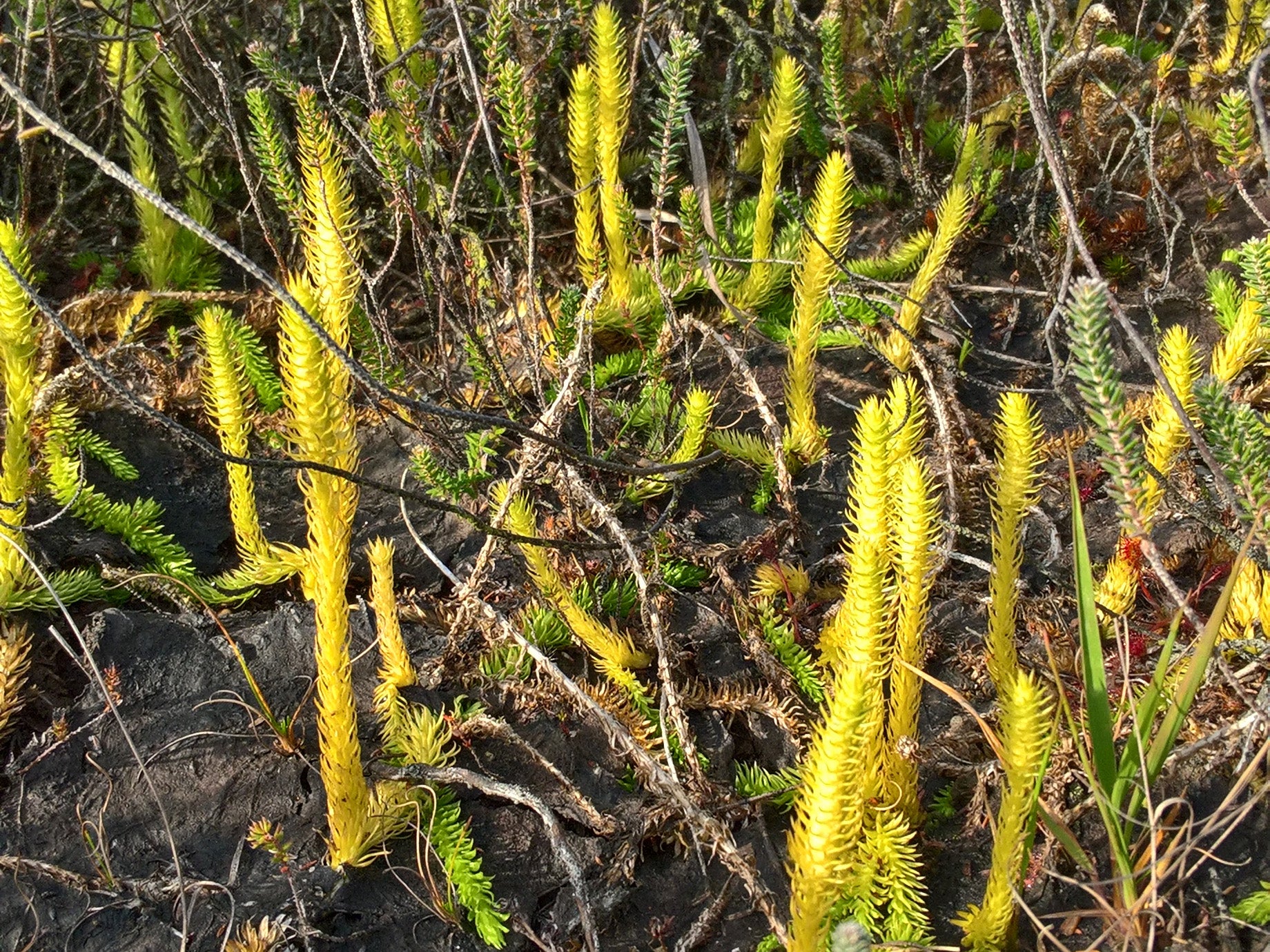Endangered UK plants brought back from brink by driving tractor over them
'There was a sharp intake of breath when we took the decision to drive up and down over a beautiful colony of 3,000 plants in a five-tonne tractor'

A crucial but threatened habitat has been revitalised following decades of decline after conservationists decided to run a five-tonne tractor over it.
The unusual action was part of a wider effort to save the marsh clubmoss, an endangered plant that evolved 400 million years ago and forms a vital component of damp heathlands.
The plant has declined by 85 per cent in recent decades as its habitat has been largely wiped out, leaving only a few sites in Dorset and Hampshire.
As the clubmoss thrives in ground that has been disturbed by animals, an environmental group working to bring back the heathland decided to deliberately drive a tractor over thousands of the remaining plants.
Their gamble worked, boosting the 3,000 plants that were growing at the Dorset site to a healthy 12,000.
“We knew that many heathland plants benefit from significant disturbance but there was a sharp intake of breath when we took the decision to drive up and down over a beautiful colony of 3,000 plants in a five-tonne tractor brandishing a muck grab for maximum disturbance,” said Sophie Lake, one of the Dorset Heathlands Heart project’s managers.
The low-growing clubmoss can be crowded out by other vegetation, but also relies on a thriving network of species surrounding it to grow.
This is why the scraped tracks created by the tractor appear to have created the perfect conditions for the plant’s recovery.

It also resulted in a network of sandy patches and pools of water that have allowed wildflowers to thrive, aiding the overall restoration of the heathland.
Caroline Kelly, another manager of the project, said it had emboldened the team to “mess up” the heaths in order to restore them to their former glory.
Other wildlife being aided by the scheme include sand lizards, heath tiger beetles and the rare Purbeck mason wasp, found only on Dorset’s heathlands in the UK.

The work is led by the group Plantlife and is part of the ambitious Back from the Brink plan to save 20 of England’s most threatened species from extinction.
Other plants and animals targeted by the initiative include grey long-eared bats, pine martens and lesser butterfly orchids.
Join our commenting forum
Join thought-provoking conversations, follow other Independent readers and see their replies
Comments